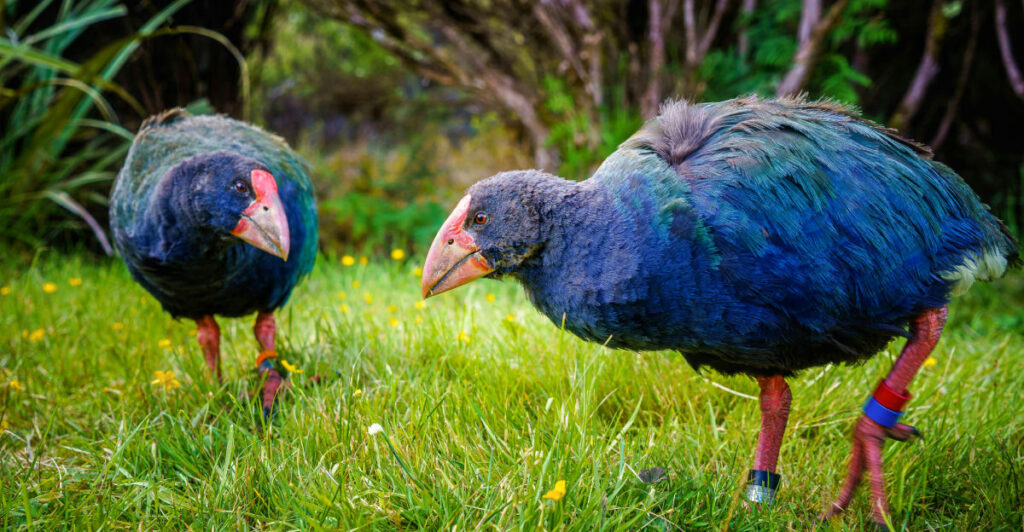
In an inspiring triumph of conservation, the Takahē bird, once believed extinct, has returned to its natural habitat in New Zealand. This prehistoric flightless bird’s journey from the brink of extinction to a successful reintroduction symbolizes hope, dedication, and cultural heritage. Let’s explore the key aspects of this remarkable story.
The Historic Release

Eighteen Takahē were recently reintroduced into the Lake Whakatipu Waimāori Valley. These birds had not roamed New Zealand’s alpine slopes for nearly a century, marking a significant milestone in wildlife conservation.
A Unique Species
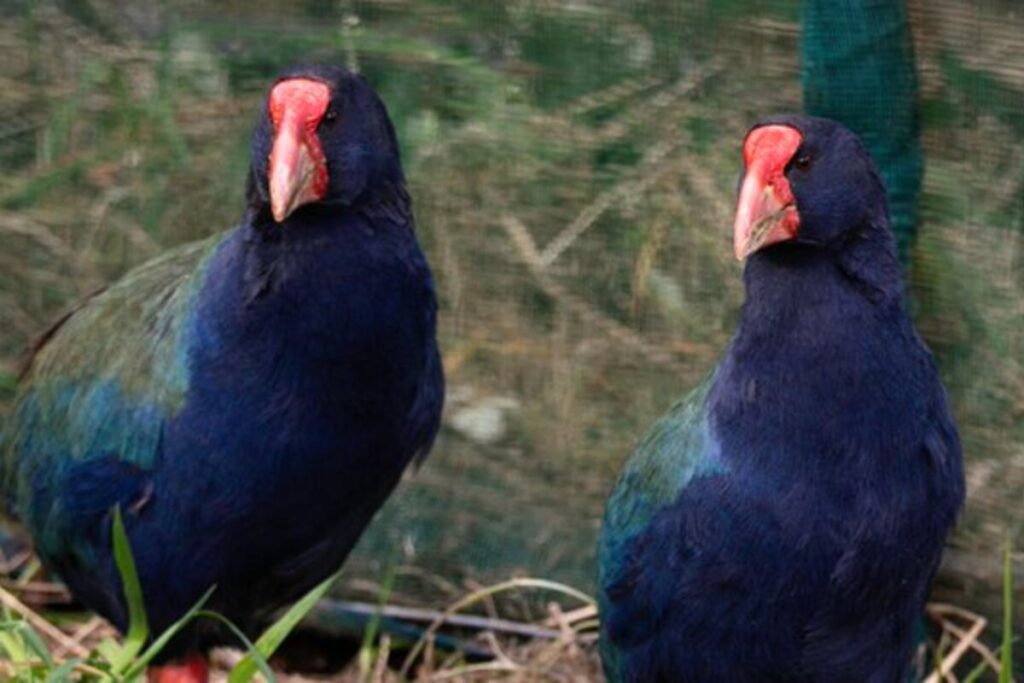
Takahē are flightless birds native to New Zealand, standing about 50 centimeters tall. With vibrant blue-green feathers and bright red legs, their distinctive appearance reflects a deep evolutionary history dating back to the Pleistocene era.
Rediscovery After Extinction

Declared extinct in 1898 due to predation by introduced mammals, Takahē were unexpectedly rediscovered in 1948. Their comeback represents one of the rarest conservation successes in modern history.
Conservation Challenges

European settlers introduced predators like stoats, cats, and rats, devastating Takahē populations. Protecting these birds required targeted efforts to eliminate threats, highlighting the complex challenges of restoring native species.
Incubation and Early Efforts

Conservationists initially collected and incubated Takahē eggs to protect them from predators. Using sock puppets resembling Takahē beaks, they carefully nurtured chicks, ensuring a strong foundation for population recovery.
Breeding and Controlled Environments

Early breeding programs took place in controlled sanctuaries. The Department of Conservation (DOC) gradually released the birds into predator-free islands and national parks, ensuring their survival in protected habitats.
Predator Control Initiatives
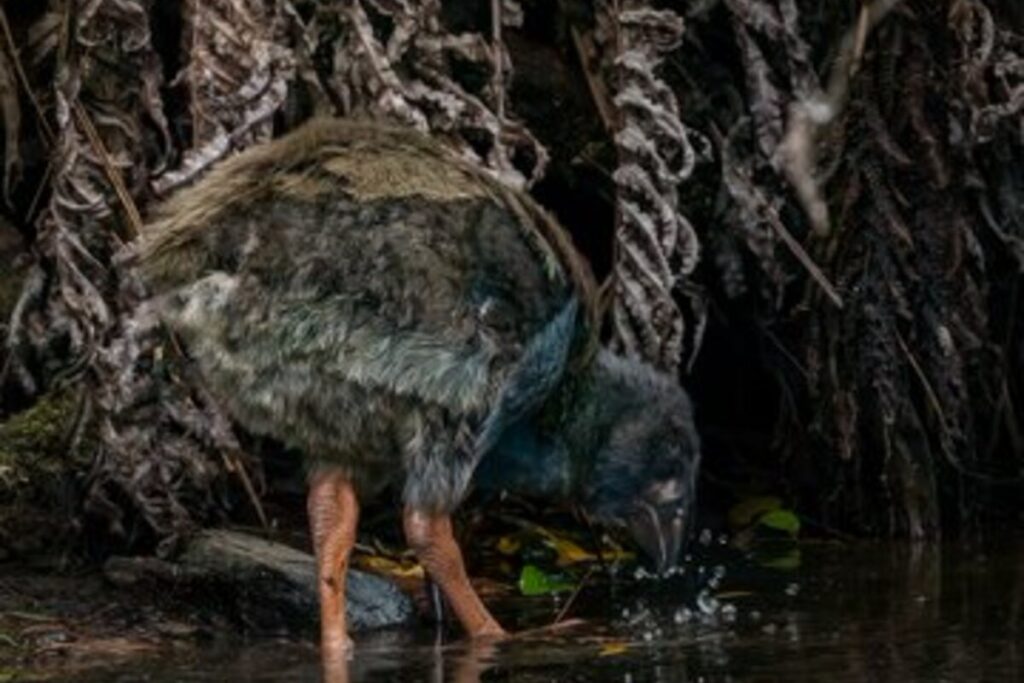
The DOC implemented extensive trapping programs to control predators. Deidre Vercoe, head of Takahē recovery, emphasized that maintaining low predator numbers remains crucial for the birds’ continued survival.
Expanding the Takahē Population
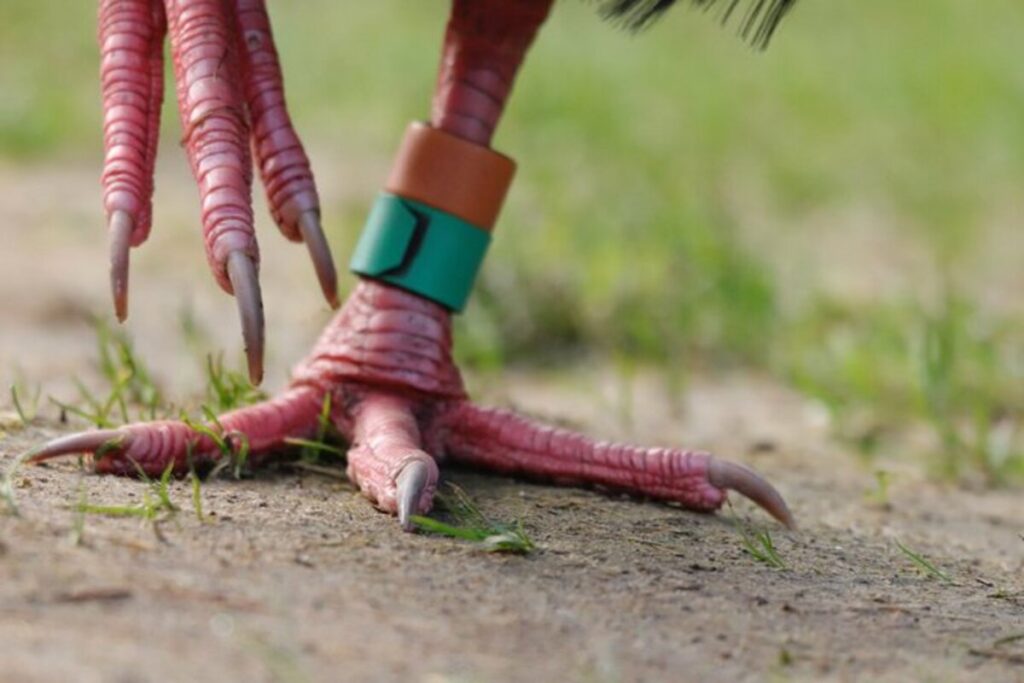
Recent efforts focus on expanding populations by introducing new pairs into the wild. Plans include releasing more birds throughout the next year, marking the beginning of a new phase in Takahē conservation.
Nationwide Predator Elimination Mission

New Zealand aims to eradicate invasive predators by 2050. This ambitious goal supports broader efforts to reintroduce native species, including the iconic kiwi bird, into their natural environments.
Cultural Significance for Māori
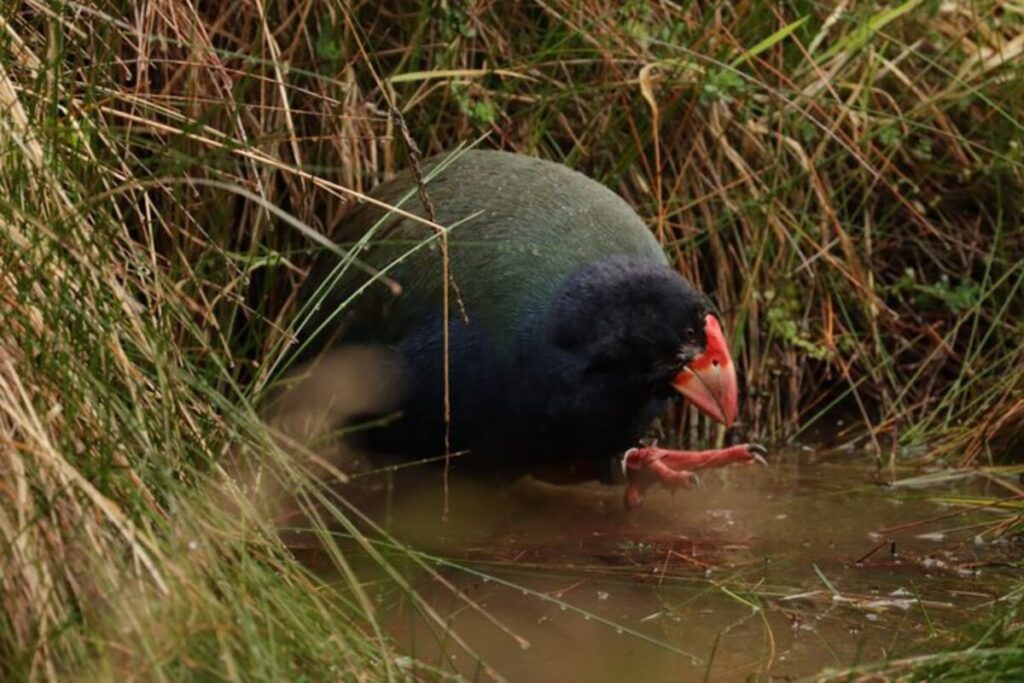
For the Māori, especially the Ngāi Tahu tribe, the Takahē holds deep cultural importance. Its return symbolizes resilience and reconnects them with ancestral traditions, particularly the use of feathers in ceremonial cloaks.
Connection to Ancestral Lands

The reintroduction took place on Ngāi Tahu land, underscoring a partnership between the government and Indigenous communities. This collaboration highlights the importance of cultural and environmental stewardship.
Symbol of Heritage and Hope

The Takahē’s return symbolizes not only ecological recovery but also cultural rebirth. Mountains once called Kā Whenua Roimata, or “Lands of Tears,” now echo with the calls of these majestic birds, symbolizing a hopeful future.
A Long Road Ahead

While progress is encouraging, sustaining and growing the Takahē population remains challenging. The success of this endeavor depends on continued commitment to conservation and cultural heritage preservation.
Stay connected with us for more stories like this! Follow us to get the latest updates or hit the Follow button at the top of this article, and let us know what you think by leaving your feedback below. We’d love to hear from you!







